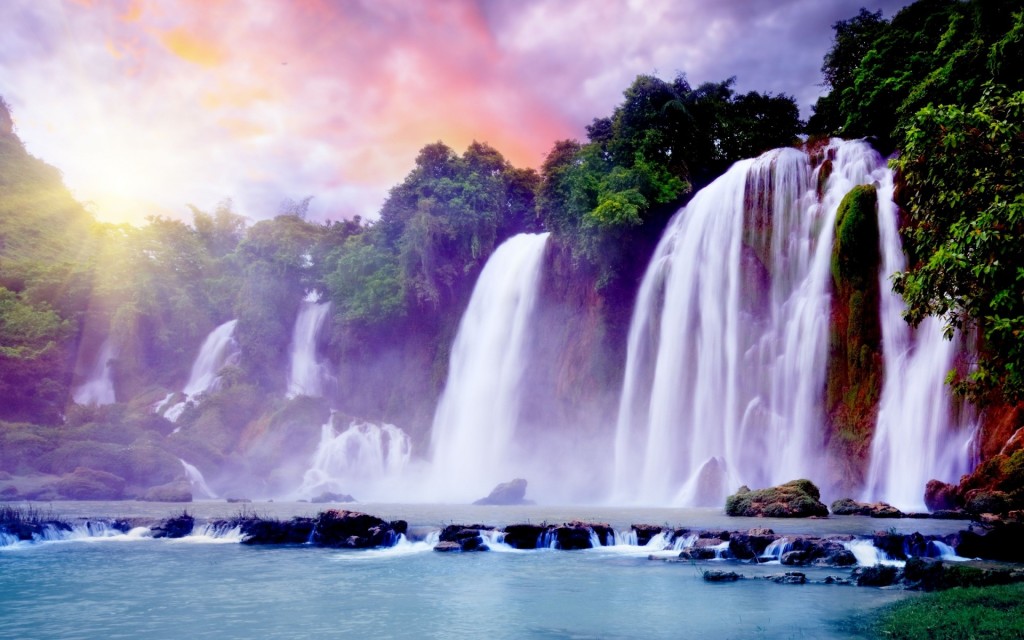Only For the Thirsty – by Milton Hook
- Bible
- Bible study
- Christian Evidences
- Christian Living
- Christianity
- Dr Eliezer Gonzalez
- Dr Milton Hook
- Faith
- Glory
- Gospel
- Jesus
- New Testament
- Old Testament
- Prayer
Nov 6, 2015 3945
 Josephus claimed the Feast of Tabernacles was “the holiest” of the Jewish festivals.1
Josephus claimed the Feast of Tabernacles was “the holiest” of the Jewish festivals.1
At that time all the able-bodied Hebrews camped within a Sabbath day’s journey from the Temple. Having just renewed the covenant on Yom Kippur they celebrated a season of gladness a few days later. It was otherwise called the Feast of Thanksgiving or Feast of Ingathering or Feast of Booths.
It was seven days of thanksgiving followed by a special Sabbath (Num.29: 35-38) as they remembered, among other things, the agricultural blessings of the past year. In the Jubilee Year this was the week when slaves were set free and thanked God for their new life. It was also after the harvest when, having stored their olive oil and grains, and preserved their wine in animal skins, they gathered a generous portion of the produce and handed it in to the Levites at the Temple. On rooftops, in courtyards, and in the open fields around Jerusalem they built temporary booths to live in, airy enough to let the sunshine in through the walls and the woven rooves porous enough so that they could see the stars. This was to remind them of their ancestors wandering in the wilderness in addition to the homeless among them who did not have adequate housing and also the scattered Jews of the Diaspora.2
God had specified certain sacrifices for this season (Lev.23: 33-43; Num. 29: 12-34). On the last day of the festival they sacrificed a male goat, seven bulls, two rams and fourteen male lambs together with grain and wine offerings. A priest also filled a golden vessel of water from the Pool of Siloam while everyone sang, “With joy you will draw water from the wells of salvation.” (Isa.12: 3). The priest returned to the Temple and proceeded to the Altar of Burnt Offerings that had been ceremonially cleansed earlier that day and decorated with willow branches reminiscent of the oases during the wilderness wandering. Everyone carried a small citron branch in their left hand and a combination of myrtle, palm and willow branches in their right hand. The latter was called a lulav.
The high point of the celebration came when wine was poured into a receptacle that led to the base of the Altar of Burnt Offerings and the water from the Pool of Siloam was poured into a similar receptacle. The priests marched around the Altar seven times, remembering the march around Jericho. Psalms 113 to 118 were sung to the accompaniment of flutes and everyone enthusiastically raised and shook their lulavs. The singing was interspersed with trumpet blasts to herald the words, “Give thanks to the Lord, for He is good” and “O Lord, save us” (Ps.118: 1,25,29).
Jesus attended this important festival (Jn.7). During the week He took the opportunity to teach the crowds milling in the Temple courtyard. During the final moments of the celebration, as everyone sang the words, “O Lord, save us,” Jesus could not resist shouting out, “If anyone is thirsty, let him come to me and drink!” We can only imagine the horrified gasps from onlookers as He shattered the sanctity of the celebration. It was an audacious move by Jesus, even to the point of recklessness for His own safety. Surprisingly, the Temple guards did not arrest Him.
What did His thundering mean?
Sadly, some fell into theological argument about Christ’s birthplace, brushing aside the spiritual intent of His words. The more perceptive ones declared, “He is the Christ,” that is, He is the one anointed to be the Messiah.
The focus of the festival was Hebrew history. They were reminded of the rough shelters during the wilderness wandering. The citron and myrtle boughs signified the vegetation of the mountains during their journey. The palms and willows were reminiscent of the plains and the oases. They thought of God’s provision of water from the rock and their march around Jericho. And oil, grain and wine harvested during their sojourn in the Promised Land complimented the elements from their past. There was nothing intrinsically wrong with celebrating their past but Jesus used the occasion to abruptly remind them of their present condition. His words were caste in the present tense to sound a note of urgency. He literally shouted, “If any of you may be thirsting NOW, then let them be coming to me NOW and let them be drinking NOW.”
The crowd had just sung, “O Lord, save us.” Jesus immediately answered that cry. He offered them salvation by using the analogies of the water and wine used in the Feast. He was the personification of those symbols of God’s blessing. He alone could slacken their spiritual thirst. The song-line, “O Lord, save us” was echoed with His virtual words, “I’m the greatest blessing you can have and I’m right here in your midst to save you.”
Jesus always answers without delay when He hears our cry, “O Lord, save us.”
- Josephus, Antiquities of the Jews, 3:10:4
- In addition to Scripture most details found in this article are taken from the Jewish Christian, Alfred Edersheim, The Temple, pp.268-282
– Milton Hook, August 2015

Leave a Reply